Detailed content
Technical Specifications
- Model: Bently 330901-00-70-10-02-CN
- Type: Vibration Sensor (Accelerometer)
- Measurement Range: Measures vibration acceleration. The exact range is typically detailed in the datasheet and is designed to cover a broad spectrum suitable for various industrial applications.
- Output Signal: Provides an analog output, commonly a 4-20 mA current loop signal, which is standard for many industrial vibration monitoring systems.
- Sensitivity: Sensitivity is typically specified in mV/g (millivolts per gravitational acceleration). The specific sensitivity value should be confirmed from the datasheet.
- Frequency Response: Capable of measuring a wide frequency range, accommodating both low and high frequencies. Detailed frequency response characteristics are available in the datasheet.
- Operating Temperature Range: Designed to operate within a wide temperature range, such as -40°C to +85°C (-40°F to +185°F), ensuring reliability in various environmental conditions.
- Protection Rating: Generally features a high protection rating, such as IP67, indicating it is resistant to dust ingress and capable of withstanding temporary immersion in water.
Features
- High Precision: Provides accurate vibration measurements that are crucial for detecting small changes and identifying potential issues in machinery.
- Durable Construction: Designed to withstand harsh industrial environments, ensuring long-term reliability and performance.
- Stable Operation: Known for its consistent performance over time, which is essential for effective monitoring and analysis.
- Ease of Integration: Compatible with various vibration monitoring systems, making it easy to integrate into existing setups.
Application Scenarios
- Machinery Condition Monitoring: Ideal for monitoring the health of rotating equipment such as motors, pumps, compressors, and turbines. The sensor helps in early detection of mechanical issues through detailed vibration analysis.
- Predictive Maintenance: Supports predictive maintenance strategies by providing detailed vibration data to forecast potential equipment failures, thereby reducing downtime and maintenance costs.
- Industrial Automation: Used in automated systems for continuous monitoring of machinery, ensuring smooth operation and preventing production disruptions.
- Power Generation and Oil & Gas: Applied in critical industries such as power generation and oil & gas to monitor essential equipment, helping to prevent unexpected failures and maintain operational efficiency.
Usage Considerations
- Installation: Proper installation is crucial for accurate vibration measurements. Ensure the sensor is mounted correctly and in an optimal position to measure relevant vibrations effectively.
- Calibration: Regular calibration is necessary to maintain the sensor’s accuracy and performance over its operational life.
- Maintenance: Routine inspection and maintenance are important to ensure the sensor remains functional and to address any potential issues promptly.

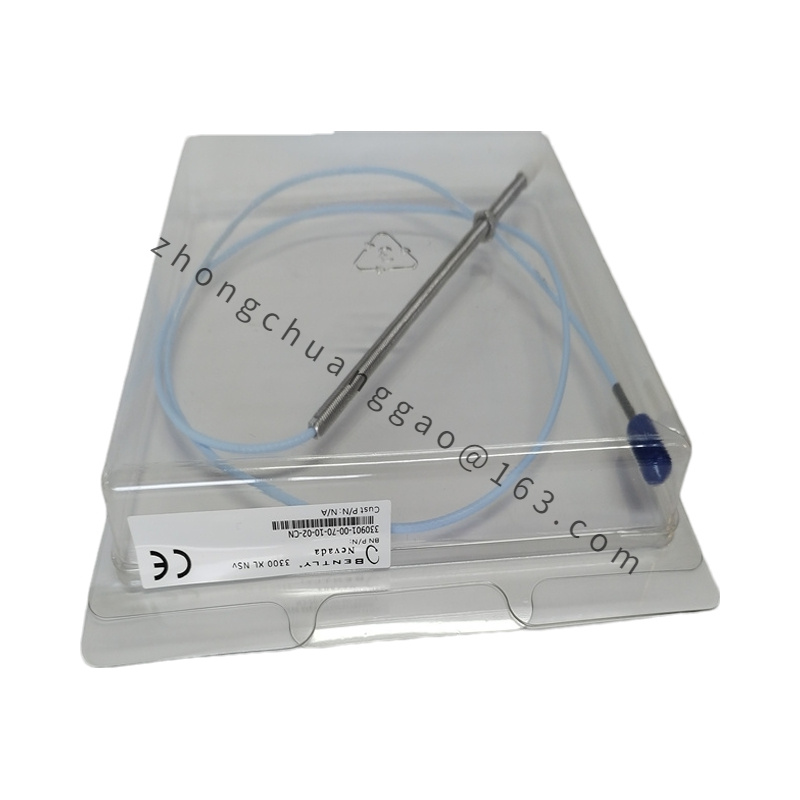
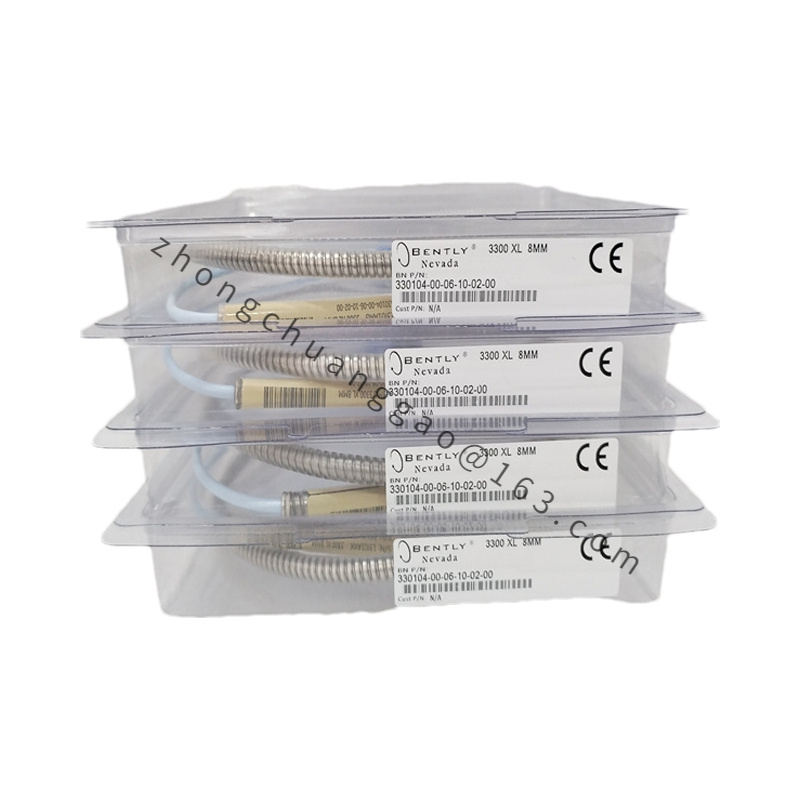
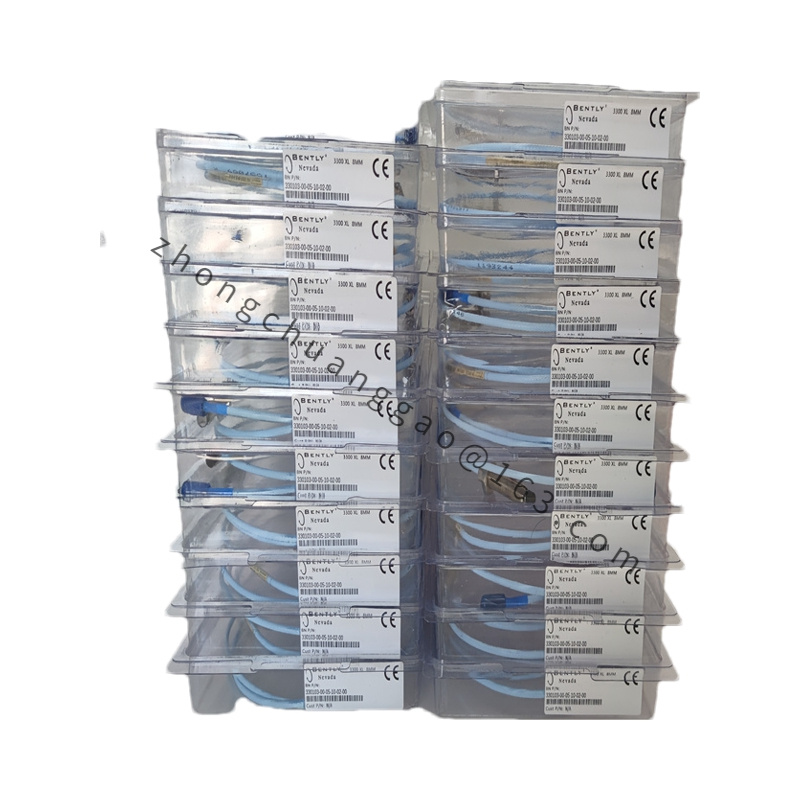
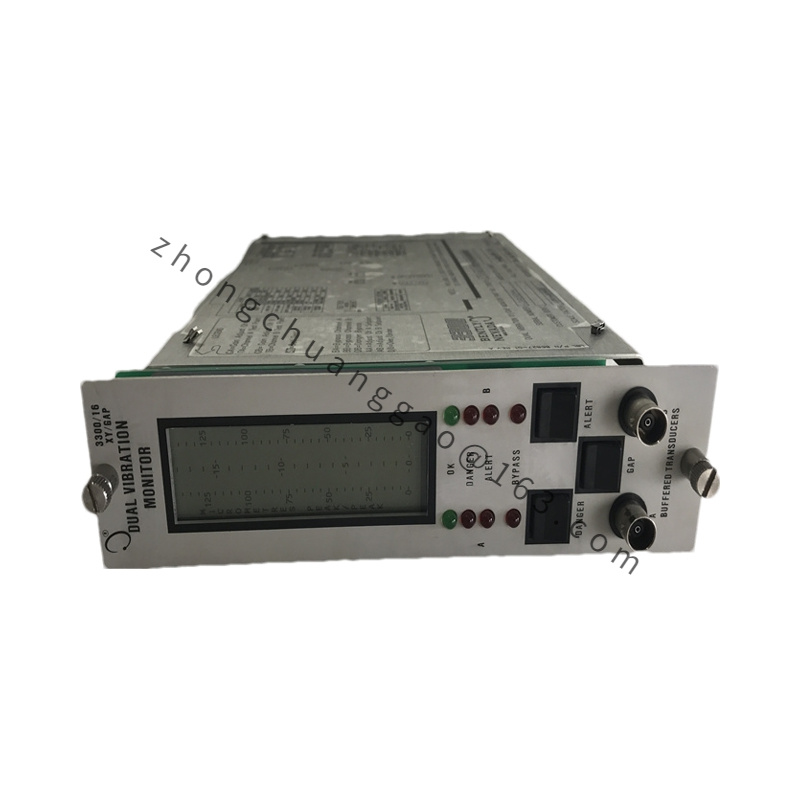
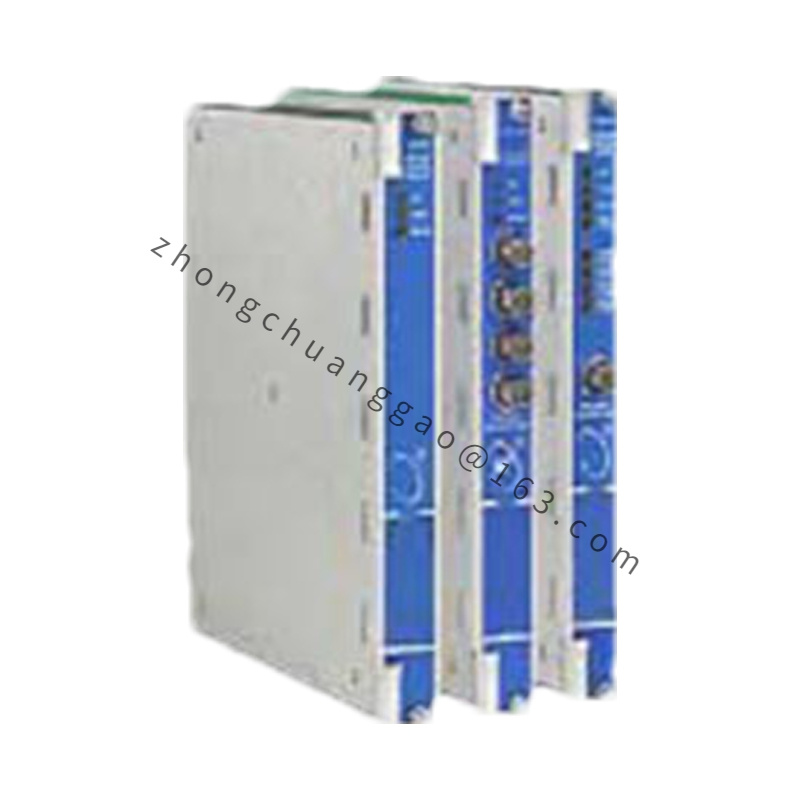
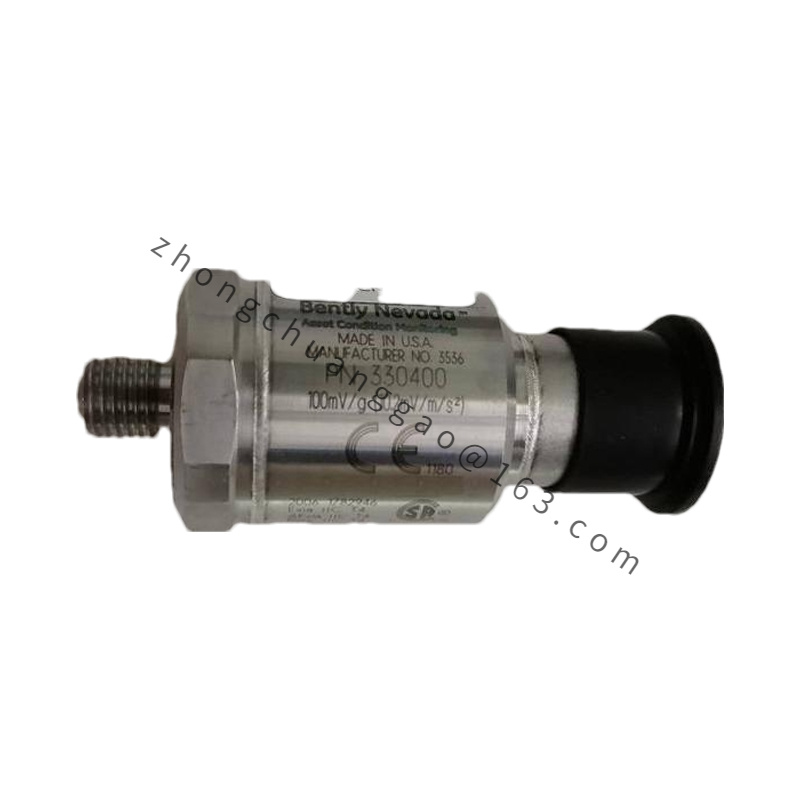
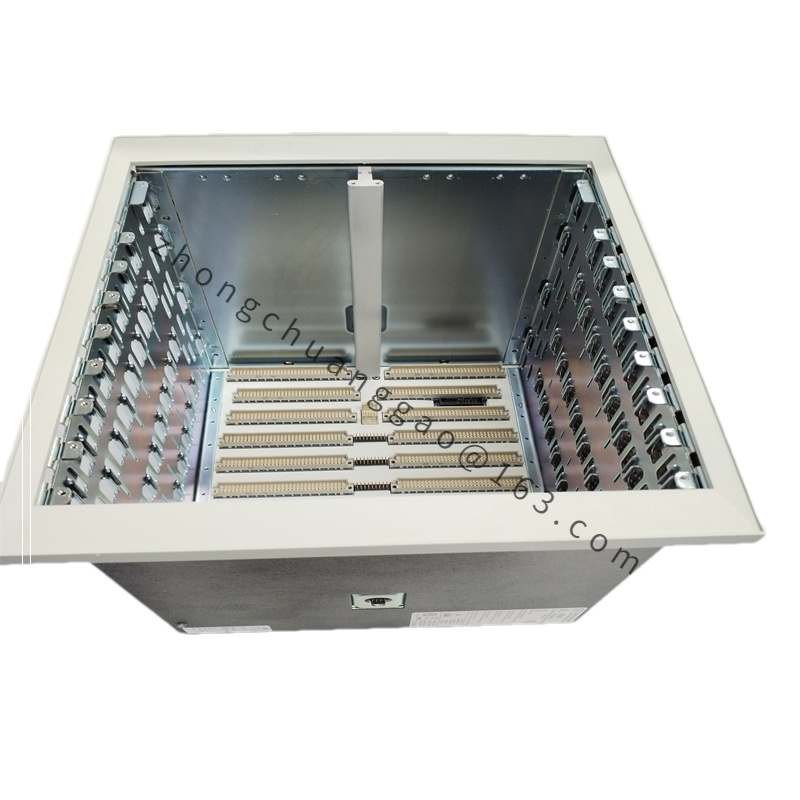

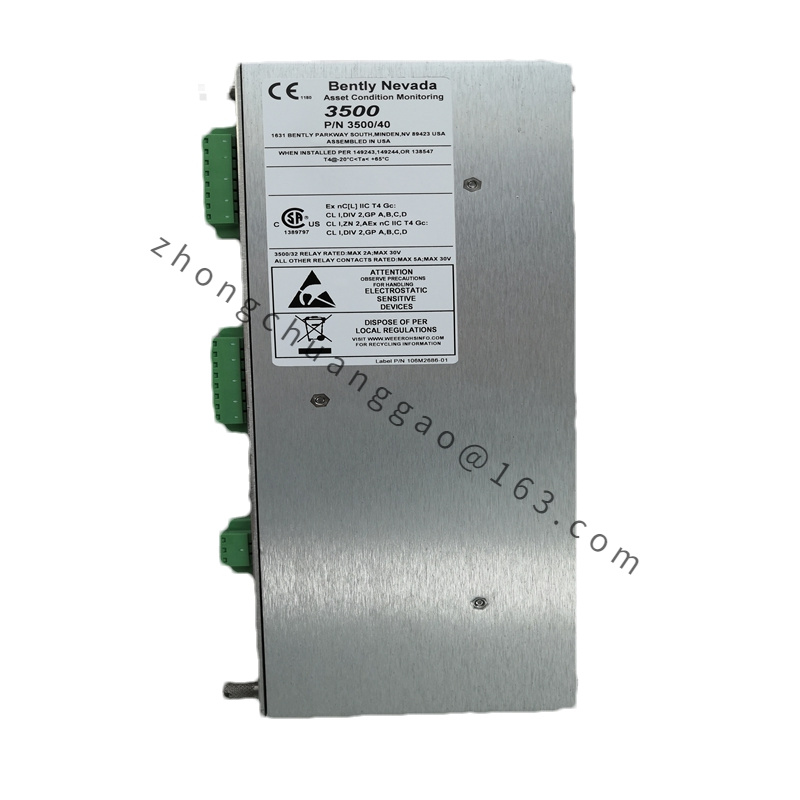
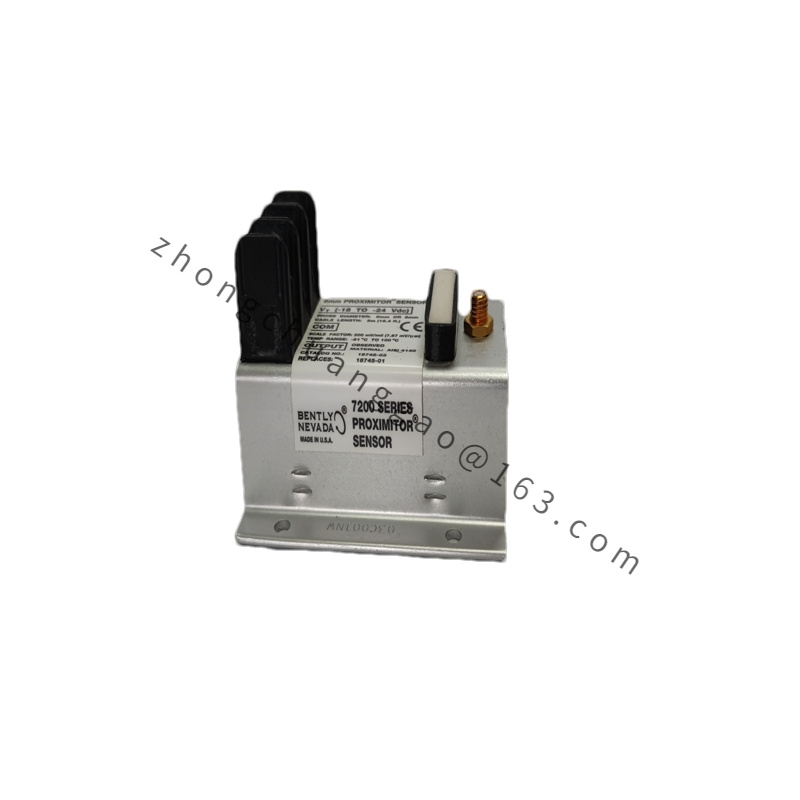
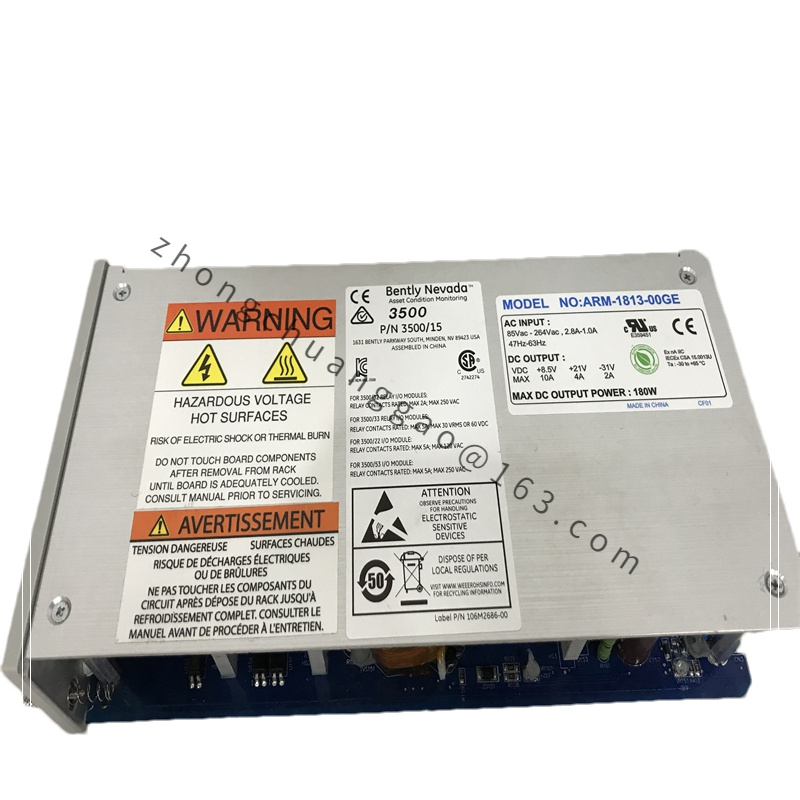
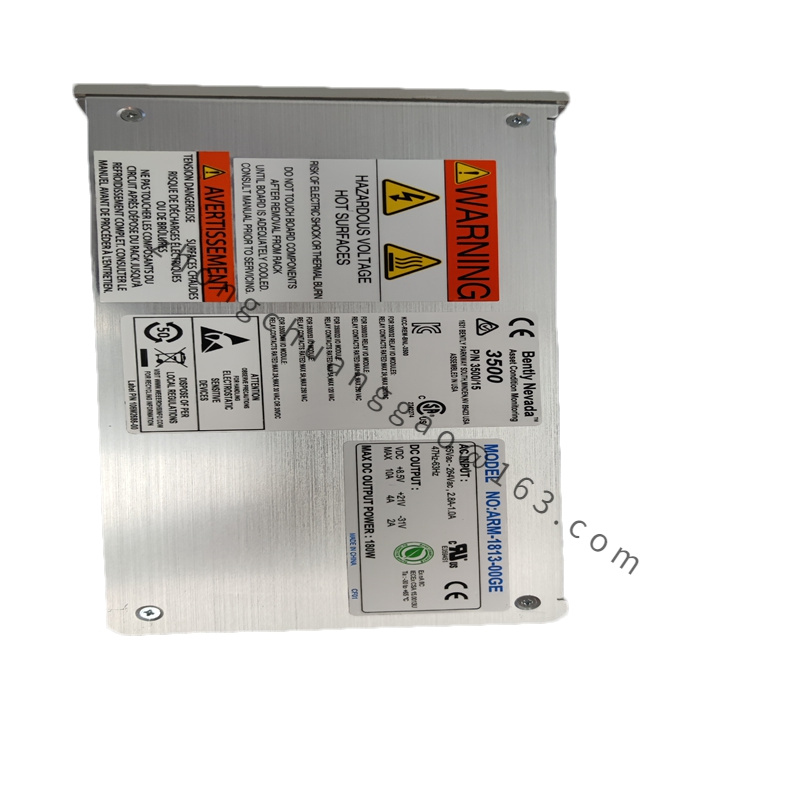
.jpg)